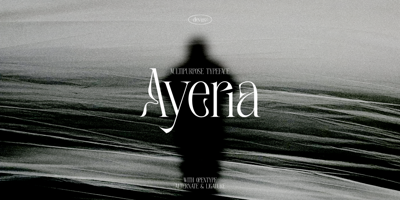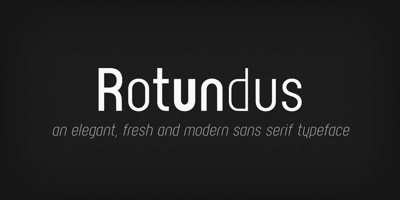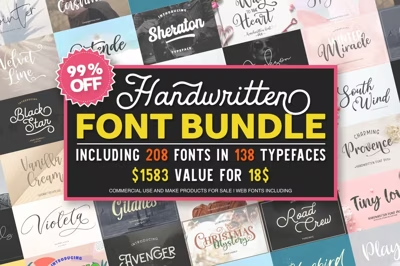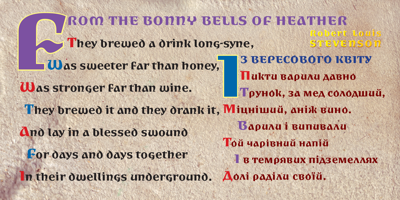How to Choose the Perfect Font for Your Brand
How to Choose the Perfect Font for Your Brand
Choosing the right font for your brand is one of the most important decisions in the design process. A font isn’t just a design element—it’s a reflection of your brand’s personality, values, and the message you want to convey to your audience. The right font can communicate professionalism, creativity, trustworthiness, or fun. But with so many options available, how do you find the perfect one? Here’s a guide to help you choose the perfect font for your brand.
1. Understand Your Brand Identity
Before diving into font choices, it’s crucial to have a clear understanding of your brand’s identity. Ask yourself:
- What is the core message of your brand?
- What are the emotions you want your audience to feel when they interact with your brand?
- Is your brand fun and playful, or serious and professional?
Understanding the answers to these questions will help guide you toward font styles that reflect your brand’s tone and values.
2. Consider Your Target Audience
Your target audience should play a major role in your font choice. Different fonts resonate with different demographics. For example, a tech-savvy, younger audience may appreciate sleek and modern sans-serif fonts, while an older, more traditional audience might connect with classic serif fonts.
Tip: Try to match the mood and expectations of your audience with a font that reflects their style preferences.
3. Font Types: Serif, Sans-Serif, Script, and Decorative
To narrow down your options, it's helpful to understand the four main font categories:
- Serif: These fonts have small lines (serifs) at the end of characters and are often associated with tradition, reliability, and professionalism. Example: Times New Roman, Georgia.
- Sans-Serif: These fonts don’t have serifs, making them modern, clean, and minimal. They are often seen as more approachable and versatile. Example: Arial, Helvetica.
- Script: Script fonts mimic handwriting and are typically more decorative and elegant. They can convey creativity and sophistication but should be used sparingly to avoid readability issues. Example: Pacifico, Lobster.
- Decorative: These fonts are bold and artistic, often used in logos and headlines to make a strong statement. They should be used carefully as they can overwhelm the design if overused. Example: Impact, Bebas Neue.
Choosing the right category based on your brand’s personality will help guide you toward the right font family.
4. Readability is Key
While it’s tempting to choose a highly decorative font, readability should always come first. Your font needs to be easily legible in different formats, whether it’s on a business card, website, or billboard. A font that looks great in a logo might not work well for body text on your website, so make sure it’s versatile.
Tip: Test your font in different sizes and across various media to ensure it remains clear and easy to read.
5. Font Pairing Matters
Most brands use more than one font in their designs. Typically, a brand will have one font for headings and another for body text. It’s important to choose fonts that complement each other without clashing. A common approach is to pair a serif font with a sans-serif font to create a balanced, harmonious look.
Example: Pair a bold sans-serif like Montserrat with a simple serif like Merriweather for a clean, modern feel.
6. Think About Versatility
Your font will be used across multiple platforms—websites, social media, print, packaging, and more. Therefore, it’s important to choose a font that works well in a variety of contexts and sizes. A font that’s too thin or overly ornate may lose its impact when scaled down for small formats.
7. Check Font Licensing
Not all fonts are free to use for commercial purposes. Always check the licensing of a font before using it for your brand. Some fonts are free for personal use but require a license for commercial projects. Make sure your font choice is legally cleared for your brand’s needs.
8. Make it Unique
While it’s tempting to choose popular fonts like Helvetica or Arial, consider whether these widely used fonts will help your brand stand out. Try exploring lesser-known, high-quality fonts that offer a unique look while still being professional and versatile.
Conclusion
Choosing the perfect font for your brand requires a careful balance of aesthetics, functionality, and emotional appeal. By understanding your brand identity, considering your audience, and ensuring readability and versatility, you can select a font that not only looks great but also effectively communicates your brand’s message. Take the time to experiment with different options, and don’t be afraid to try unique fonts that reflect your brand’s individuality.
Remember, a font is more than just text—it’s the voice of your brand!

![[UPDATED!] Juniper Bay Font Free Download [UPDATED!] Juniper Bay Font Free Download](https://freeforfonts.com/public/images/konu/resized/updated-juniper-bay-font_resized400px.avif)



